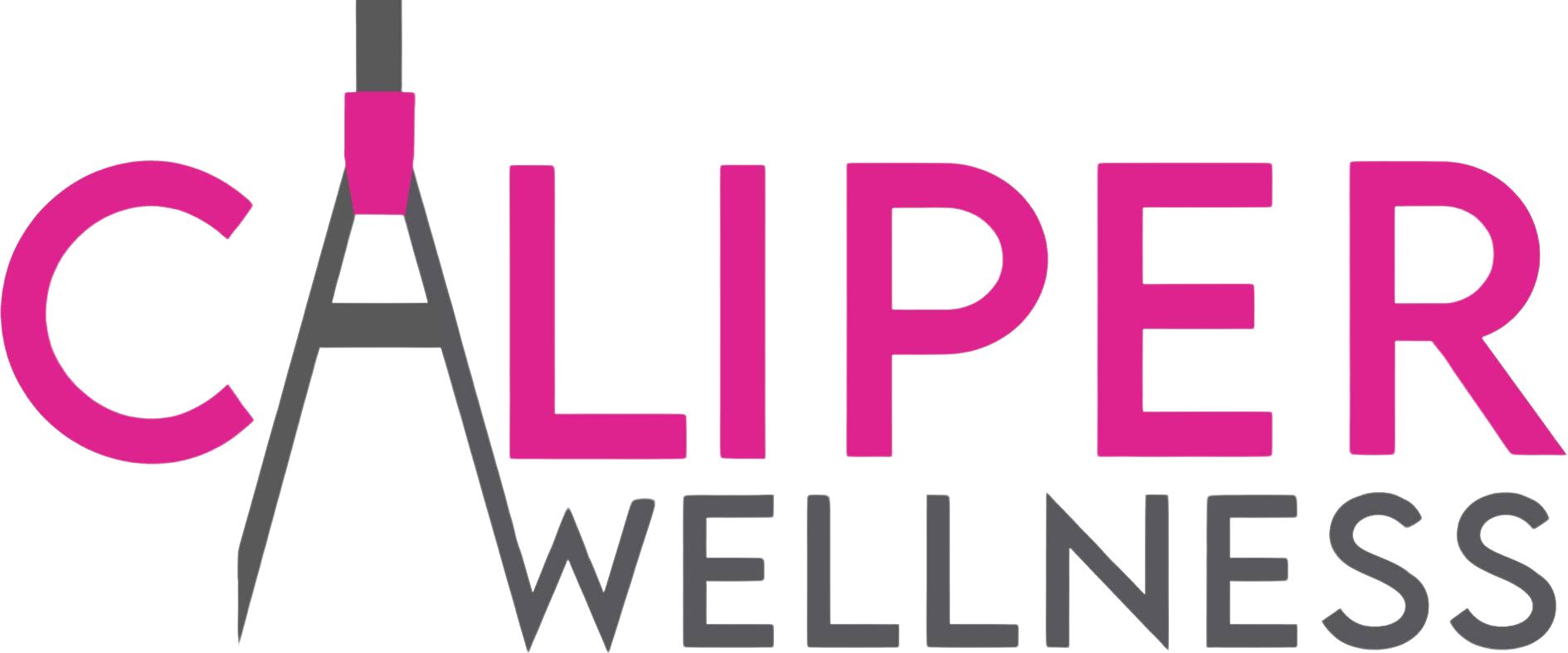First responders are often lauded for their bravery and resilience, yet the psychological toll of their work is frequently overlooked. They repeatedly witness human suffering, injury, and death, which can lead to a state of chronic stress and burnout. Research shows that a significant percentage of first responders will experience mental health issues. A 2025 report from the UTHealth Houston School of Public Health highlighted that EMS personnel have a higher risk of suicide, with many reporting mental health and substance use issues (UTHealth Houston School of Public Health, 2025). This underscores the critical need to address these “invisible wounds” with the same urgency as physical injuries.
A major barrier to first responders seeking help is the stigma associated with mental illness within their profession. The culture of toughness and self-reliance can make it difficult for individuals to admit they are struggling, fearing it will be perceived as a sign of weakness or negatively impact their careers. This reluctance often leads to a delay in seeking treatment, allowing symptoms to worsen and potentially contributing to a cycle of substance use and isolation (RAND, 2025).
Cultivating Resilience and Providing Support
Effective mental healthcare for first responders must be tailored to their unique experiences and needs. It is not enough to simply offer general mental health services; the care provided must be trauma-informed and culturally competent. This means working with clinicians who understand the specific stressors of their jobs, from long shifts and unpredictable schedules to the emotional weight of critical incidents.
A comprehensive approach to mental health for first responders involves several key strategies:
- Peer Support Programs:These programs, staffed by trained first responders, create a safe space for colleagues to share experiences and provide emotional support without fear of judgment. These initiatives are often a first point of contact and can be highly effective in reducing stigma and encouraging individuals to seek professional help (RAND, 2025).
- Access to Professional Care: Providing confidential access to mental health professionals is crucial. Employee Assistance Programs (EAPs) and other resources that connect first responders with licensed therapists and PMHNPs who specialize in trauma are vital. Evidence-based therapies like Cognitive Behavioral Therapy (CBT) and Eye Movement Desensitization and Reprocessing (EMDR) have been shown to be particularly effective in treating PTSD and other trauma-related conditions (RAND, 2025).
- Policy and Systemic Change:The “First Responders Wellness Act,” introduced in 2025, aims to increase access to mental health services by creating a national hotline and providing resources for culturally competent training (S.666, 2025). Such legislation and institutional support are essential for creating a work environment where mental wellness is prioritized, not punished.
By integrating these strategies, we can create a more supportive and resilient environment for our first responders. It’s our collective responsibility to ensure that the people who show up for us on our worst days have the resources and support they need to care for themselves.
References
RAND. (2025). A research agenda to support mental health and wellness programs for federal first responders and law enforcement. https://www.rand.org/pubs/research_briefs/RBA2268-1.html
S.666, 119th Cong. (2025). First Responders Wellness Act. https://www.congress.gov/bill/119th-congress/senate-bill/666/text
UTHealth Houston School of Public Health. (2025). Mental health conditions in first responders. https://sph.uth.edu/research/centers/dell/legislative-initiatives/docs/Mental%20Health%20Conditions%20in%20First%20Responders_April%202025.pdf

